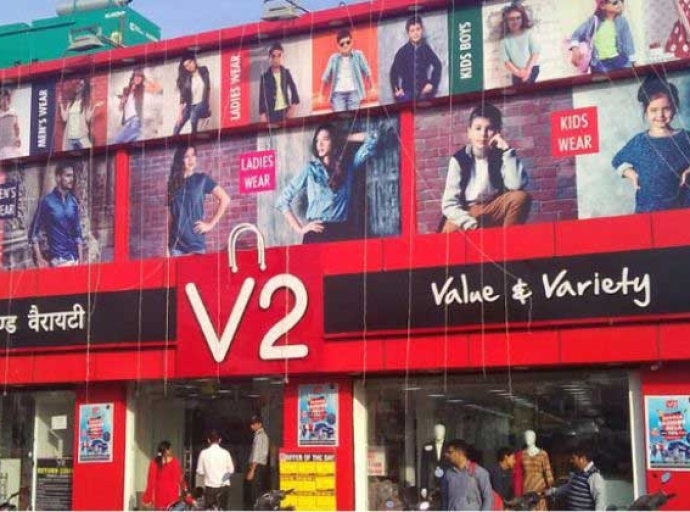04 September 2024, Mumbai
The rapid growth of India's e-commerce market, projected to surpass $160 billion by 2028, is facing a significant challenge: the high rate of returns, especially in the fashion and footwear segment. A recent report by Return Prime highlights that over a third of fashion and footwear products purchased online are returned, primarily due to sizing issues. This trend is not only impacting brands' profitability but also influencing their return policies.
Return rates and the impact on brands
According to the report, approximately 17.6 per cent of all e-commerce orders are returned, but in categories like fashion and footwear, this figure escalates to 30-35 per cent. The financial implications for brands are substantial, with an average loss of 8 per cent in potential repeat revenue annually due to negative return experiences. While the pandemic boosted e-commerce sales by 38 per cent, it also amplified the return problem by 1.5 to 2 times. The rise in returns is forcing brands to rethink their once-generous return policies.
Report’s key findings
• 17.6% of all e-commerce orders are returned
• In categories like fashion and footwear, this figure can be as high as 30-35%
• Size-related issues account for more than 40% of returns in apparel and footwear
• Maharashtra leads in return rates at 19.1%, followed by Karnataka (11.5%) and Delhi (9.9%)
• Kerala has the lowest return rate at 1.9%
Addressing the return challenge
To mitigate these challenges, brands are adopting various strategies. Some are introducing stricter return policies, charging return fees, or shortening return windows. Others are leveraging technology that automate return process, facilitating exchanges and reducing operational costs. Return Prime founder, Sashwat Swaroop, emphasizes the importance of turning returns into exchanges, thereby minimizing losses. The platform offers a seamless integration with existing systems, allowing brands to manage returns efficiently. Additionally, its plug-and-play model enables easy adoption, automating logistics, refunds, and replacements.
Brands are grappling with finding a balance between providing a seamless shopping experience and mitigating the financial impact of high return rates. While easy return policies drive conversions and repeat purchases, the associated costs can be substantial. They are now adopting various methodologies to discourage returns.
Policy changes by online platforms
• Charging return fees: Platforms like Myntra and Amazon are introducing return fees on certain items or categories.
• Shortening return windows: The timeframe for returning products is being reduced.
• Increasing logistics fees: Customers may have to bear higher costs for return shipping.
• Rolling back refunds to the original payment mode: Refunds may be issued as store credits or vouchers instead of cash.
• Offering discounts to discourage returns: Incentives are being provided to customers who choose to keep their purchases
With online spending constituting only 5-6 per cent of total retail spending in India, there's substantial room for growth. However, managing returns effectively will be crucial for sustained success. As e-commerce penetrates further into remote parts of India, the return rate could rise to 40 per cent by next year, potentially costing brands billions in revenue.
Indeed, while the high return rate poses a significant hurdle, it also presents an opportunity for innovation and improved customer experience. Various platforms like Return Prime, along with evolving policies from major e-retailers, offer hope for addressing the return challenge and ensuring the continued growth of India's online retail sector.
Latest Publications


































